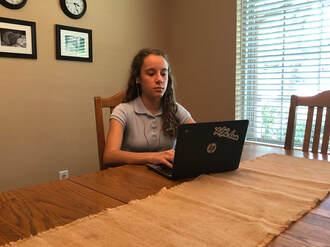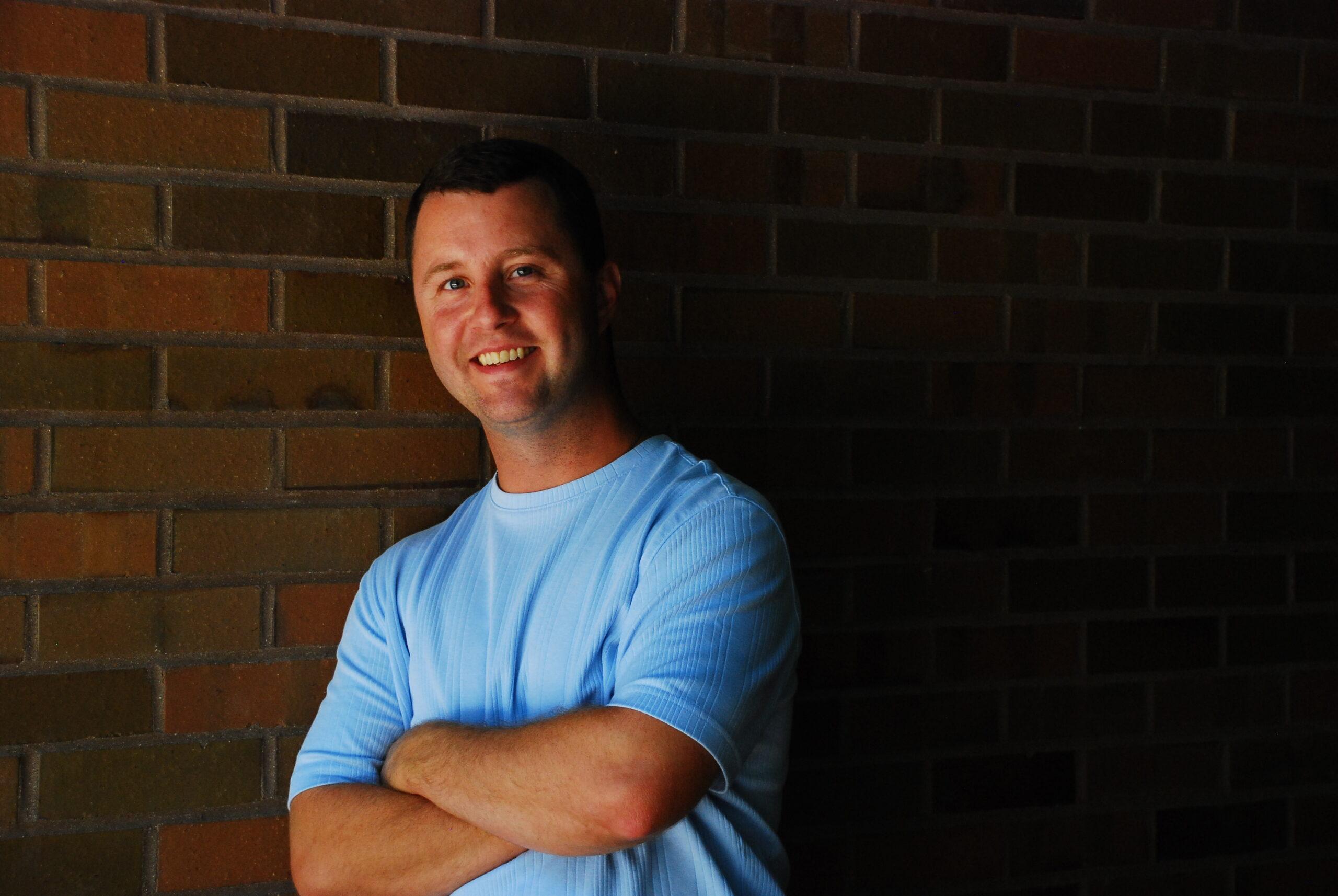

A few weeks ago, the world as we knew it changed as a result of the COVID-19 outbreak. This change has affected all aspects of our lives, including our teaching lives as we are left trying to find ways to deliver our curriculum through distance learning. If you’re like me, you’ve struggled with this. I don’t feel good at it, and staring at my students through a screen who have mute buttons turned on and/or cameras turned off makes me feel self-conscious and disconnected from the teaching and learning and relationships that I’m used to. Yet despite this, I’m committed to moving forward in it because I know the value of staying connected to my students the best we can…both to maintain relationships and to make sure their learning doesn’t stop. So, I offer a few ideas on how to nurture your culture and continue teaching an ensemble during this quarantine.
One of the things that concerns me during all of this is that the ensemble culture can really fade. Nurturing your culture is an ongoing process even during “normal times.” We always have to be intentional about the environment we’re creating, but during a time like this we have to take extra care that our culture doesn’t erode. So, is it possible to nurture culture during remote learning? I think so. As long as you understand a few basic principles and are willing to exert the time in doing it.
Culture primarily involves two things: social and task dynamics. In other words, it’s about relationships and activities…the stuff we do and who we do it with. Both of these dynamics are equally important in nurturing a strong culture. Even though we’re in a challenging time and having to do this virtually, there are still things we can do…and we simply must do them or else watch our culture atrophy and learning stop.
The temptation right now is to diminish the social aspects of teaching our students, but social architecture and relationships are the foundation of ensemble cultures….and of the human condition! So it’s very important to stay connected with your students in some way and have them stay connected to one another. That said, some adjustments are probably necessary.
First, let go of the expectations that there has to be perfect attendance and perfect engagement from every student. This isn’t reasonable and can be distracting to yourself in stressing over it. Keep in mind that “the main thing should always be the main thing.” Right now, the main thing is connection with as many students as possible and allowing them to connect with one another.
Second, accept that connecting virtually is going to come with some frustrations. The internet can be glitchy, and there may be a learning curve for you and for your students on using the various technologies that exist. Move past these frustrations and focus on the main thing: connecting with students.
Despite the adjustments, be intentional about scheduling virtual meetings with your students on a consistent basis.“Consistent” will look differently in each situation due to district policies and the availability of students to access technology etc., but you need to do all you can to create a regular, consistent connection. I recommend scheduling virtual meetings twice a week. This way if someone misses a day, you are still likely to see them at least once a week. There are many platforms available to do this.
The content of a virtual class can vary a lot and does not have to be exclusively based on subject matter. Your students need to see your face, they need to see your smile, they need to hear your voice. And you need to see and hear theirs. They also need to see and hear each other. Consider having some share time at each, or most classes. An activity I like is called “highs and lows.” The basic idea is that you share something really positive (a high) and something disappointing or concerning (a low) from the week. This works best when you let volunteers share instead of insisting that everyone takes a turn. The “highs and lows” can be as personal or as superficial as the students feel comfortable sharing. This is a great way to start or end a class meeting. The main thing is to reaffirm connections and social relationships of everyone. As teacher, you need to make sure you share your “highs and lows” too. This draws the students into you more deeply and strengthens your bond with them.
The educational content and continued learning is very important. We have to find a way to continue some form of learning, and limit the “quarantine-slide” as much as we can. Many directors are utilizing performance tasks (practicing and playing exams) via SmartMusic and other similar software programs that allow students to upload playing assignments. While it’s very important to find a way for students to continue playing in some capacity, I want to suggest a couple of alternative ideas as well.
Consider inviting a guest presenter to a virtual meeting. There are many college professors, retired and/or successful directors, composers, and professional musicians who are willing to do this. The topics are endless, but here are a few quick ideas to have them discuss: what their life as a musician looks like; their musical journey; their favorite piece(s) and why; their approach to rehearsals; how they are dealing with the quarantine…and more. Students really benefit from sitting in the radius of highly accomplished musicians. Who knows what sort of inspiration could result!
Assign pieces for them to listen to and then write a response or discuss in a virtual class. Think about the great pieces of music that exist, most of which we don’t encounter with our students in our normal routines; and think of the great performances that are available. A quick YouTube search yields numerous opportunities for them to hear great music. Limit the listening assignment to just a few minutes (5 minutes or so) instead of an entire full-length masterwork. Then guide their listening to specific elements instead of leaving it wide open for them to become overwhelmed.
For example, ask them to listen and respond to the beauty of the phrasing. What were the musicians doing to create artistry and expression? Or ask them to listen for balance and blend, or richness of ensemble sound. How are the musicians creating this? What do you think the performers are listening for as they play? Or ask them to comment on the composer’s style or intentions. What do you think the composer was trying to communicate in this piece? How?
You get the idea on guiding them in this way. You can vary the type of pieces on assignments. Work for a variety of masterworks, medium-difficulty, easy, folk songs, and world music etc. The goal is to deepen their listening and engage them beyond “what did you think of this piece?” Use this as an opportunity to build their musicianship and expose them to great artistic performances.
If you are unable to have virtual meetings with your students, your challenge is bigger than the rest of us. But do not give up. Perhaps you can record short video messages for your students and email them as unlisted YouTube links. If your program has a Facebook page, use it for live or recorded messages to everyone. Share your “highs and lows.” Tell them what you’re doing as a musician: practicing your own instrument, listening to great pieces, reading great books…whatever it is, share it with them. This allows them to connect with you and may inspire them to follow your lead. Keep it short and keep it authentic. If video links are not an option, then email them. Be creative and find a way to stay connected. Don’t give up. Reach out to them. Connect somehow.
I don’t know anyone who prefers teaching in this remote environment. Yet we are motivated in caring for our students and providing the best education we can under the circumstances. We all look forward to the days when we can be together again, but in the meantime, we’ve got to figure out ways to continue being their teacher. I hope some of these ideas may help you stay connected with your students and continue their learning.
If you are interested in having Dr. Montgomery give a presentation or work with your group, please complete the form on our Contact page. Thanks for reading and sharing!

Dr. David Montgomery is founder and director of Serviam Leadership Academy. In addition, he is Associate Professor of Instrumental Music Education at Baylor University. Prior to his appointment at Baylor, Dr. Montgomery was Associate Director of Bands and Director of the Bronco Marching Band at Western Michigan University. In addition to his teaching duties, Dr. Montgomery frequently serves as an adjudicator and clinician in both concert and marching band settings. He is published in multiple trade and research journals as well as given presentations at state and professional music conferences across the United States including Texas Music Educators Association, College Band Directors National Association, and the Midwest Band and Orchestra Clinic. Dr. Montgomery also serves as the Chair of the Texas chapter of the National Band Association.